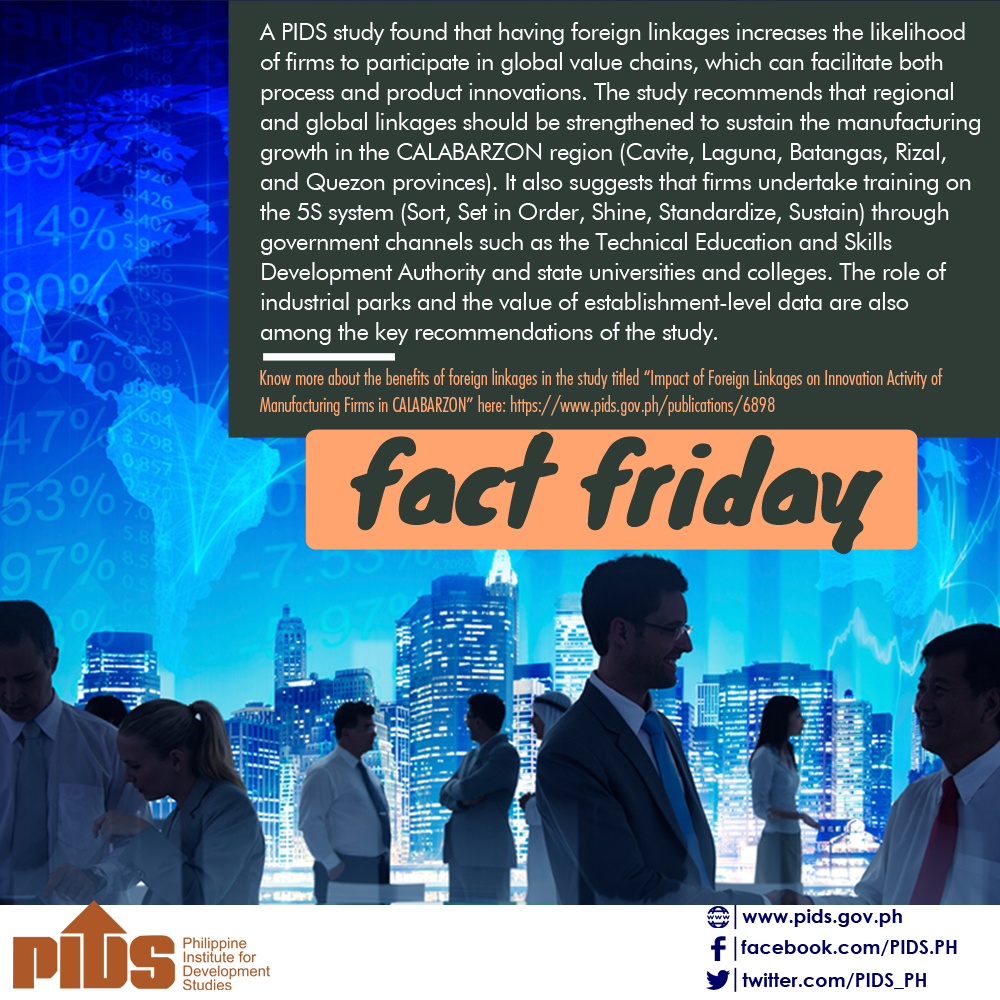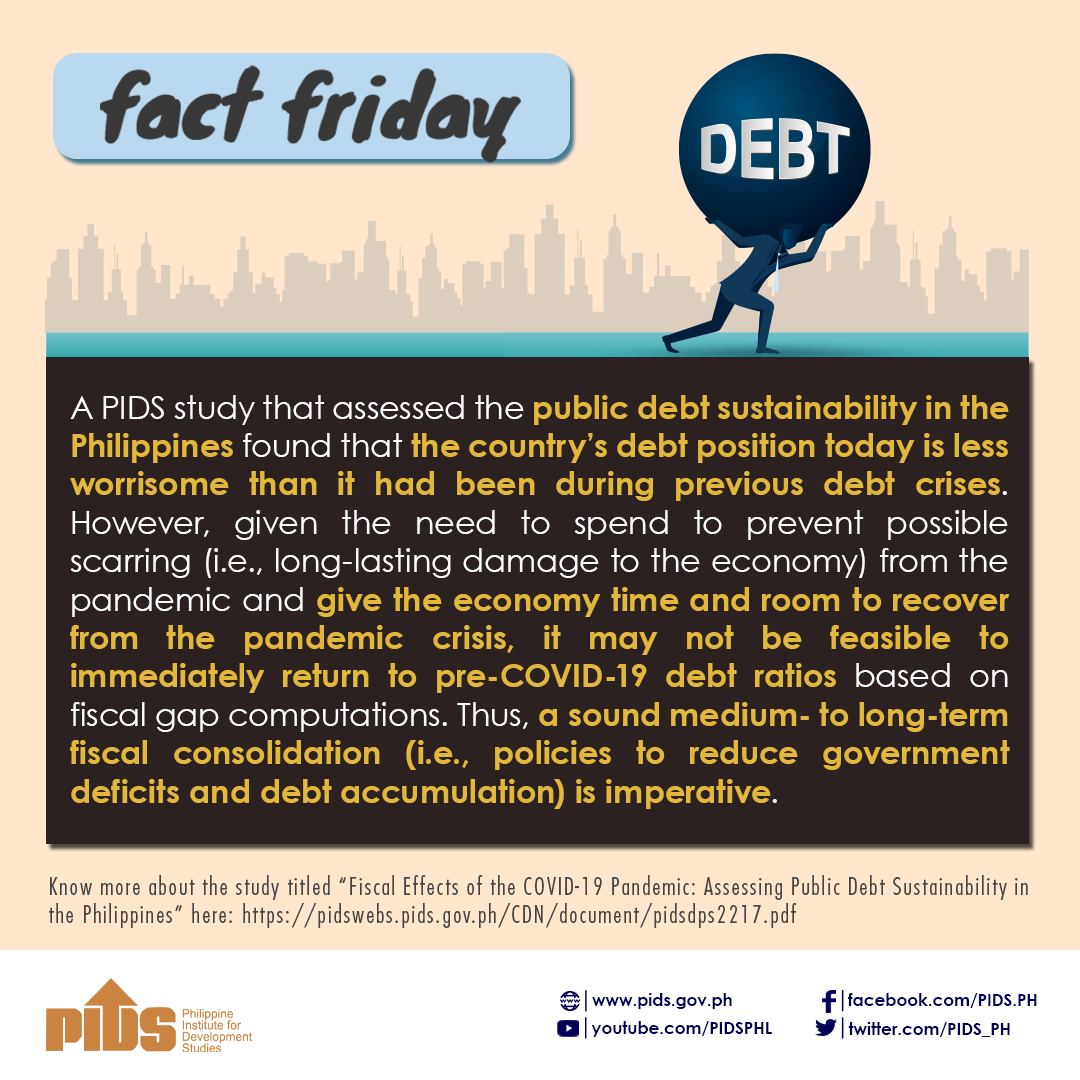Up 2.1% from yr-earlier; BSP also intervenes to stabilize peso
The Philippines’ gross international reserves (GIR) declined to $106.2 billion at end-March from the end-February level of $107.4 billion, the Bangko Sentral ng Pilipinas (BSP) said late Monday.
The month-on-month fall in the GIR level reflected mainly the drawdowns by the national government on its foreign currency deposits to meet its external debt obligations, while some were used by the BSP for its foreign exchange operations, the central bank said.
Combined debts paid by the national government and the BSP’s market operations amounted to $1.2 billion, which pulled the GIR 1.1 percent lower in February from a month earlier, it said.
The GIR consists of Philippine investment abroad, gold and foreign exchange holdings, as well as the country’s reserve position in the IMF and its special drawing rights.
Year-on-year, the GIR level in March was higher by $2.2 billion, or 2.1 percent, than the $104.07 billion recorded in the year-earlier period.
7.3 months’ imports
At $106.2 billion, the GIR in March “provides a robust external liquidity buffer, equivalent to 7.3 months’ worth of imports of goods and payments of services and primary income, and covers about 3.7 times the country’s short-term external debt,” the BSP said.
The central bank also views the GIR as adequate if it can finance at least three months worth of the country’s imports of goods and payments of services and primary income.
March’s GIR consisted of $88.6 billion in foreign investments, accounting for 83.4 percent of the total, and $12.76 billion in gold, accounting for 12.01 percent.
‘Nothing alarming’
The month-on-month dip in GIR should not be alarming, Philippine Institute for Development Studies senior research fellow John Paolo Rivera said, explaining that it was merely a reflection of routine fluctuations tied to the government’s function in market and debt management operations.
“Despite the decrease, the GIR level remains very comfortable … and still provides a strong buffer against external shocks,” Rivera said.
Part of the BSP’s market operations is to intervene in the foreign exchange market to temper volatility and excessive peso depreciation during the month, he said.
“Any US dollar-selling to stabilize the peso would naturally reduce reserves,” Rivera added.
On the other hand, the GIR level stands above the $100-billion mark for the 18th straight month since October 2023, RCBC chief economist Michael Ricafort said.
At that level, the country’s GIR is sending us ”a good signal,” he said in a message to Malaya Business Insight.
“(This supports) the country’s strong external position that could help stabilize the peso exchange rate and support the country‘s favorable credit ratings of 1-3 notches above the minimum investment grade in recent years despite the COVID-19 pandemic,” Ricafort said.
At this point, the GIR could get viable support from remittances of overseas Filipino workers, revenues from the business process outsourcing sector, as well as exports, foreign tourism receipts and foreign investments, he added.












